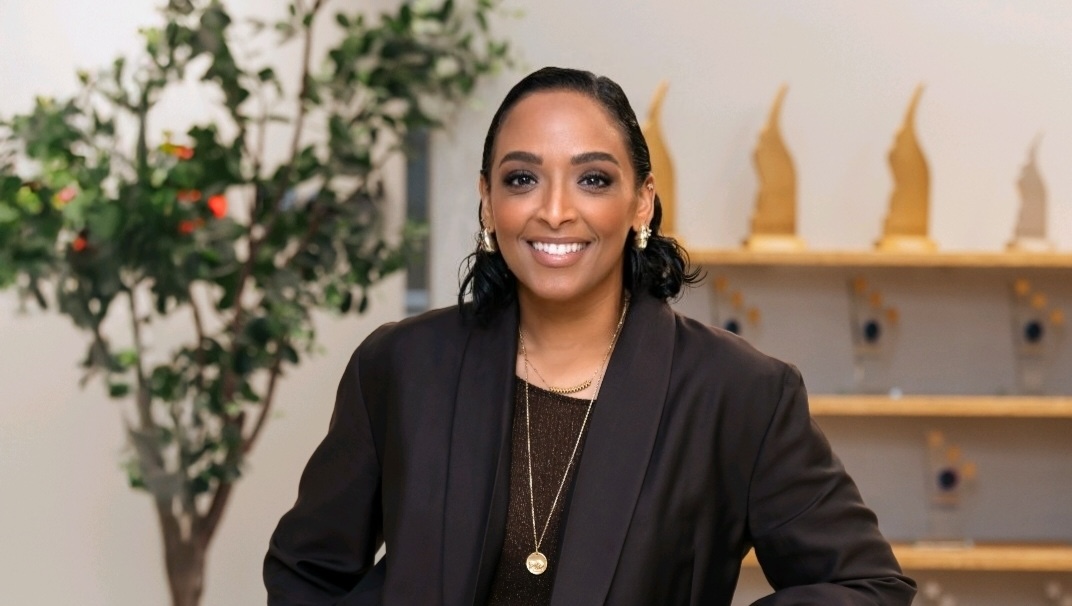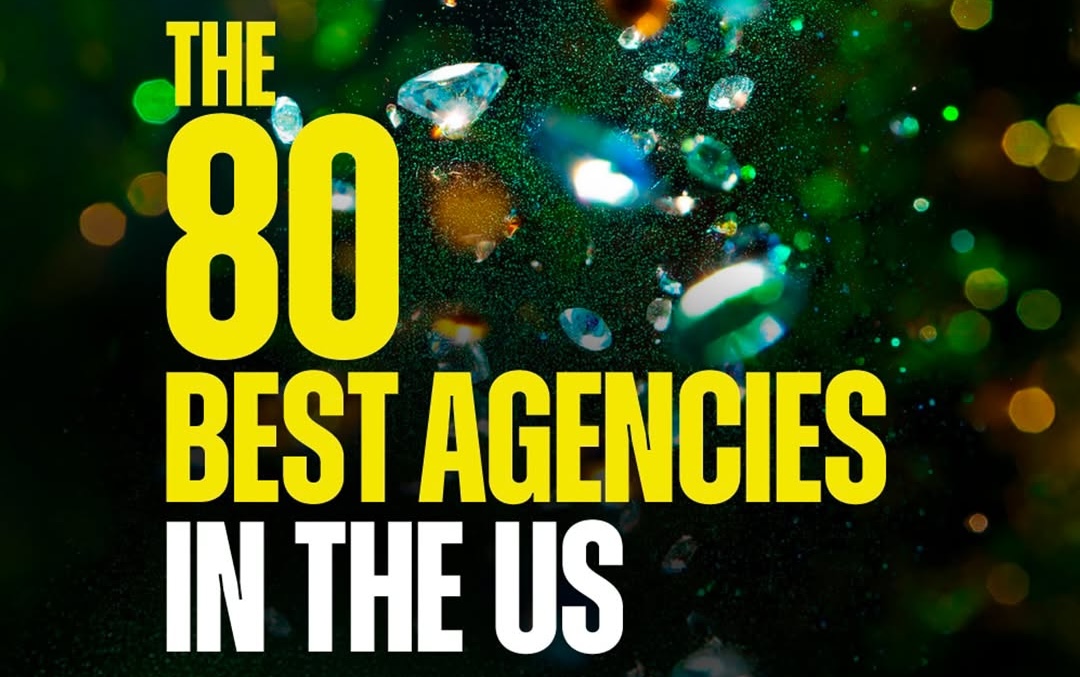What You’ll Learn in This Episode
- What the “Me-conomy” is and how it’s driving the creation of new services, products and purpose narratives
- How cultural and societal forces are changing what it means for a brand to be meaningful today
- Key considerations for brands that want to make meaningful connections
As Seema tells us, Havas has measured Meaningful Brands™ annually since 2009. Now, nearly 15 years into this landmark proprietary study, it continues to be a vital sense check about people’s aspirations, guardrails and expectations of brands. The methodology examines a brand’s impact and equity based on consumers’ perceptions and expectations across three key pillars — its personal, functional and collective benefits (listed across 40+ dimensions and attributes). The most Meaningful Brands™ are the ones performing well on all three metrics.
“[The report] explores the strength of a brand’s role and how it translates to business performance through our proprietary metric, the Meaningful Brand Index,” says Seema. “It identifies how brands can meaningfully engage with or through media, customer and brand experiences. It also really helps to identify the deficit or gap between what consumers’ expectations are versus a brand’s delivery.”
From the age of cynicism to the more optimistic Me-conomy
As compared to years previous, Seema says the report signaled an energetic shift from a doom-and-gloom mentality (the last report was called “The Age of Cynicism”) to more positivity and resilience.
“People want to engage with brands that are optimistic, that bring them joy, that support their health and wellbeing, and that at the end of the day, make their lives simpler and easier,” says Seema, who explains that the expanding definition of purpose is leading people to expect brands to provide more tangible benefits in their day-to-day life.
That’s where the Me-conomy comes in. People are now acutely aware that we’re living amid global crises affecting nearly every aspect of our lives — environmental, economic, political, societal and health crises. All are carrying a huge threat to our ability to survive and thrive. Consequently, people are having to adapt and change, and with that, what they require from brands is changing too.
With 54% of those surveyed saying they’re optimistic about the future, despite experiencing crisis in their lives, the time is right for brands to turn their more austere pandemic-era purpose conversations into optimistic narratives that are focused on enabling citizens to do good, says Mark. “People want brands to help them feel more energized and alive. They want to feel good about themselves. [The report has] a strong theme around how brands can help people generate greater well-being.”
After citing the finding that 71% of people feel that companies and brands should be improving and supporting their personal health and wellbeing, Mark says, “That could be a really powerful opportunity for brands moving forward — people want to continue to experience and feel more. They want new ideas about connecting in new ways, building self-confidence and feeling good.”
The two types of purpose: business and brand
What else should brand marketers and communicators be considering?
Mark asserts that that are two types of purpose now — a business purpose and a brand purpose. Mark says sophisticated consumers expect a business’ purpose to be about doing good in terms of how they treat their employees and deliver on ESG pledges, while they expect a brand’s purpose to be about making consumers’ lives easier and better. Mark says brands need to get back to basics by entertaining, pleasing, empowering and driving citizens’ well-being.
When it comes to the connection between the meaningfulness score of a brand and its financial performance, Seema says top-rated Meaningful Brands™ aren’t just good for the world, but also have stronger bottom lines. In fact, they outperform the stock market by 222%, which is consistent across years.
A look at this year’s most meaningful brands
Linda then asks Seema to highlight two or three of the top meaningful brands on the index. She points to “those daily brands that people utilize on a day-to-day basis,” naming WhatsApp, Amazon and Amazon Prime as brands that performed well across all three of the Meaningful Brands pillars.
“I found it interesting that high-end car brands — BMW, Porsche — brands that are very much associated with carbon offset performed really well this year,” says Seema. “So did a lot of utility brands, such as Vanish and Lysol. Daily usage of a brand’s products very tangibly makes a difference in people’s lives.”
Overall, the top Meaningful Brands™ in 2023 deliver on the “me” as well as the wider world issues.
Linda closes the episode by summarizing what stood out to her from their conversation. “To me, it comes back to brands being very consistent with what they say and what they do. Your products and services have to deliver; they also have to be relevant and enable me to be my best self, make my life better and easier, help me achieve my goals and do right in my community. Because if my community is thriving, I’m also thriving.”
Give “Red Sky Fuel for Thought” a listen, and subscribe to the show on iTunes, Spotify or your favorite podcasting app. Don’t forget to rate and review to help more people find us!



